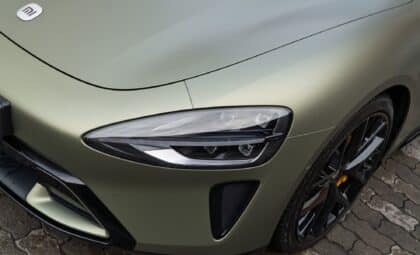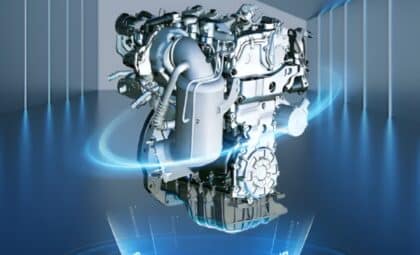These new Ram SRT launches mark a shift in Stellantis’ product roadmap, especially as the group leans back into combustion engines following lukewarm interest in electric alternatives. The announcement signals a strong return for a brand known for its unapologetic horsepower and road presence.
Stellantis had already been reshaping its North American strategy earlier this year, starting with a leadership shuffle that put Tim Kuniskis back at the helm of Ram. With him came the return of the SRT division, long associated with high-performance engineering under the Dodge, Jeep, and Ram brands. The comeback is more than symbolic—it’s backed by clear product intentions, as revealed in the company’s third-quarter earnings presentation.
The automaker stated that two new SRT products from Ram will be launched within the next three months, a move announced during the Q3 call by Stellantis CEO Antonio Filosa. These models, described as having “utterly distinct value propositions,” are just the beginning of what Filosa referred to as a longer “product assault” spanning the next several years.
A Renewed Push for Combustion Power
Stellantis appears to be realigning with customer demand, and part of that involves bringing internal combustion engines back to center stage. As noted in Motor1, this course correction comes as EV sales slow, prompting the group to prioritize traditional powertrains once more.
Earlier this week, Stellantis rolled out its Hurricane 4 Turbo, a 2.0-liter four-cylinder engine delivering 324 horsepower, inside the 2026 Jeep Grand Cherokee. Alongside this, Ram also confirmed the return of the 5.7-liter Hemi V-8 as an option for the 2026 Ram 1500. Speaking candidly, Kuniskis acknowledged that the brand had “made a mistake” by pulling the engine initially and now expects the Hemi to account for more than a quarter of 1500 sales.
The V-8 is poised to play a prominent role in the two upcoming SRT models. This move is less about nostalgia and more about meeting tangible market expectations—one where performance still sells.

SRT: Not Just a Badge, a Strategy
The return of SRT isn’t just about branding—it’s a calculated effort to rebuild Stellantis’ performance identity. Page 13 of the earnings presentation laid it out clearly: the company plans to launch multiple SRT products by 2030. The upcoming Dodge Durango SRT Hellcat, scheduled to hit the market later this year, will be the first in this wave.
Filosa emphasized during the earnings call that these new launches aim to reestablish SRT as a central player in the American performance segment. This includes bringing back models or features previously shelved. As part of this roadmap, Stellantis is not developing entirely new engines but instead modifying existing V-8s to work within its latest STLA architecture.
This engineering challenge has been entrusted to Daryl Smith, the former SRT chief engineer. Tasked with integrating the Hemi engine back into Ram vehicles, Smith’s role underscores how serious Stellantis is about reengineering its lineup without abandoning legacy powertrains.
High Expectations Around Ram’s Performance Comeback
Back in April, Kuniskis mentioned that 25 product announcements were scheduled before the end of 2026. The Hemi revival was just the first of these, and it’s being closely followed by speculation surrounding the return of performance staples like the Ram TRX, formerly powered by a 6.2-liter supercharged Hellcat V-8.
Although Stellantis hasn’t confirmed every detail, the use of familiar engine blocks and architecture updates hints at a focused yet efficient strategy: deliver performance without starting from scratch. According to Motor1, the company is treading carefully—not overcommitting to costly new developments but instead reoptimizing existing assets.









